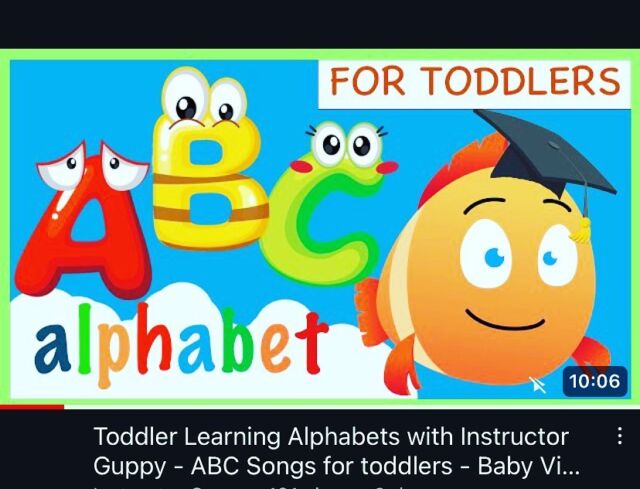Counting
Teaching Toddlers how to count
Using animated characters to teach toddlers how to count can have several benefits:
1. Engagement: Animated characters are visually appealing and can capture toddlers’ attention more effectively than static images or traditional teaching methods. This engagement helps maintain their interest and focus on learning to count.
2. Visual Representation: Animated characters can visually represent numbers, making it easier for toddlers to understand and remember them. The characters can demonstrate counting actions, such as adding or subtracting objects, which aids in comprehension.
3. Emotional Connection: Animated characters often have relatable personalities and emotions, which can help toddlers form an emotional connection with the learning material. This emotional connection can enhance their motivation to learn and make the counting experience more enjoyable.
4. Simplified Concepts: Animated characters can simplify complex counting concepts by breaking them down into smaller, more digestible parts. They can use visual cues, repetition, and interactive elements to reinforce counting skills, making it easier for toddlers to grasp and remember the concepts.
5. Multisensory Learning: Animated characters can incorporate various sensory elements, such as music, sound effects, and interactive features, to engage multiple senses simultaneously. This multisensory approach enhances the learning experience and helps toddlers retain counting information more effectively.
6. Positive Reinforcement: Animated characters can provide positive reinforcement and rewards for correct counting, which boosts toddlers’ confidence and encourages them to continue learning. This positive feedback can create a positive association with counting and motivate toddlers to practice more.
7. Accessibility: Animated characters can be accessed through various digital platforms, such as educational apps, websites, or videos. This accessibility allows toddlers to learn counting at their own pace, anytime and anywhere, providing flexibility and convenience for both children and parents.
Overall, using animated characters to teach toddlers how to count can make the learning process more engaging, enjoyable, and effective, fostering a solid foundation in numeracy skills.



